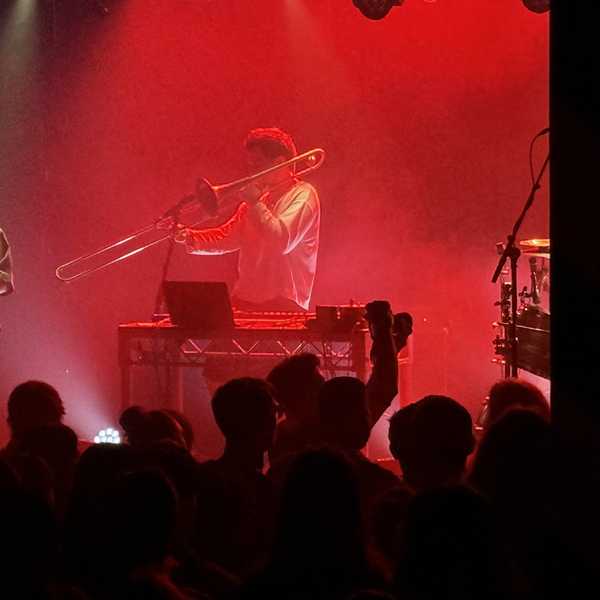
The night sky is a mirror to the wonders of the universe. Stars, galaxies and moons are more than just night time art; they are a glimpse of our universe, the intricacies of which we are itching to explore and colonise. This week Chantelle interviewed Kirsten Banks about moons, eclipses and the naming of stars. On January 31st, the world will witness a lunar eclipse, a blue moon and a supermoon. This event is called a Super Blue Blood Moon. Why is the event special? Apart from witnessing a mesmerising night sky we are witnessing two incredible phenomena’s, at the same time and a third that is more common than the ‘once in a blue moon’ adage would suggest. During a supermoon, the moon will appear 14% larger and 30% brighter as it will be orbiting close to Earth. The lunar eclipse is only visible to Australia and the Pacific on this night and will appear a reddish colour to those within the viewing window. The rest of the world will still witness a super blue moon – although the moon won’t actually appear blue. The lunar eclipse will be visible in Perth, WA from 7:48pm. If you are in the east, the entire eclipse is visible between 11pm and 2am.
Star gazing is not new, for the novice they may try to make out different constellations, but for the pro there is more to stars than just star dust. In Indigenous Australian culture stars play a significant role. For example, the star Larawag in the body of Scorpius serves a role in initiation ceremonies. Jot the 31st of January down as the night to stay in and moon gaze. Want to become an astronomy pro? Why not follow Kirsten Banks on twitter @AstroKirsten and listen to Chantelle’s fascinating interview?

Image: Peter Halasz 2011 CC BY-SA 2.5
This week Cat talked about all things stick insect. There is nothing sticky about the Lord Howe Island stick insect. This insect has had quite the adventure in Australia. At one point, when black rats were introduced into its habitat, it was thought this long insect was extinct. For many, the threat of rats would be enough to play dead or to move out. The Lord Howe Island insect decided to play dead and had many fooled it was extinct. It was not until researches went to Ball’s Pyramid, a rocky outcrop in the Pacific Ocean 20km from the insect’s original home, that they found the insect was alive and thriving, but interestingly thriving off one type of plant. The Melaleuca howeana. The Lord Howe Island insect looks to be moving back onto the island with some much-needed bodyguards in the form of owls to keep the stick insect populations in check and ensure they don’t become too successful! Listen to this week’s podcast to hear what’s sticky with the Lord Howe stick insect.
Share "Boiling Point 30th January 2018; 150 year Super Blue Blood Moon and what’s sticky with the Lord Howe Sticky Insect"
Copy








